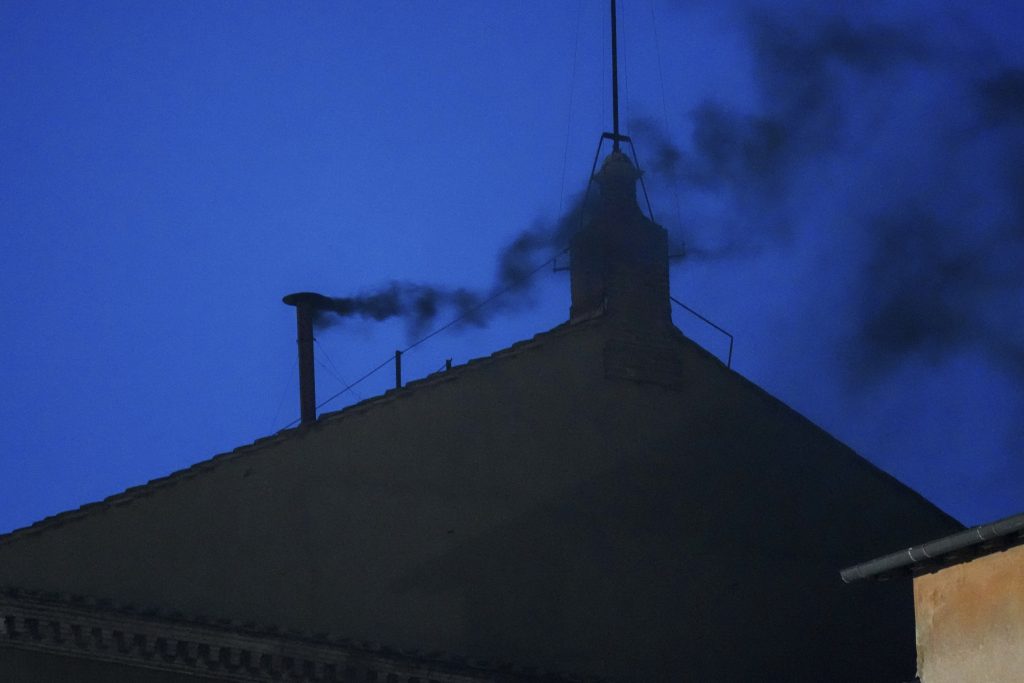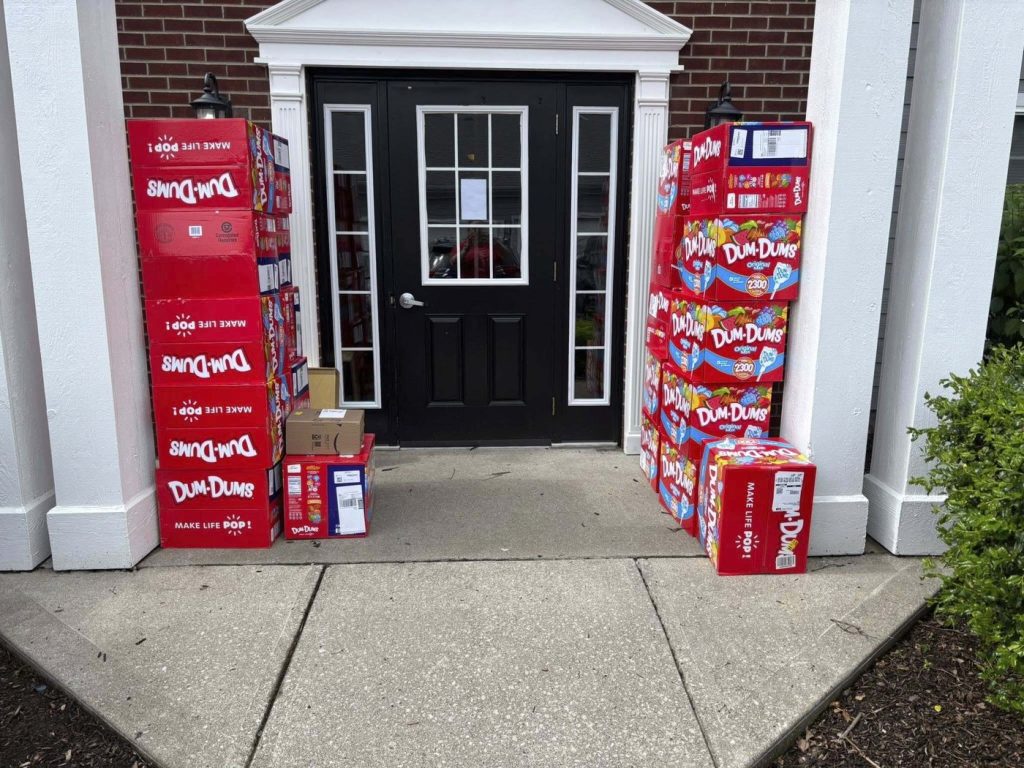Black smoke emerged from the chimney of the Sistine Chapel on May 7, 2025, indicating that no pope had been elected during the first round of voting. A total of 133 cardinals commenced the conclave, which represents the most geographically diverse gathering in the history of the Catholic Church, with participants from 70 countries.
The cardinals held their initial vote on Wednesday evening but did not reach a consensus. Acknowledging the importance of their task, the cardinals decided to reconvene the next morning to continue the process of selecting a successor to the late Pope Francis.
The conclave began with a dramatic ceremony filled with tradition, as red-robed cardinals processed into the Sistine Chapel, chanting the “Litany of the Saints.” The atmosphere was charged with solemnity, reflective of the gravity of their mission. Outside, thousands of spectators gathered in St. Peter’s Square to witness the event, eagerly awaiting updates on the election process. The first sign of failure to elect a pope came when black smoke was announced, prompting mixed reactions of frustration and anticipation from the crowd.
“My hope is that cardinals will choose a man who can be a peacemaker and could reunify the church,” stated Gabriel Capry, a 27-year-old from London, expressing the aspirations of many for the new leader.
Among the 133 cardinals, 108 were appointed by Pope Francis, who intentionally extended the usual limit of 120 cardinal electors by including younger representatives from countries like Mongolia, Sweden, and Tonga, which had not previously had cardinals. This decision has introduced a layer of unpredictability in the selection process, with many participants new to each other, raising concerns about the time it might take to achieve the required two-thirds majority of 89 votes.
Cardinal Mario Zenari, the Vatican’s ambassador to Syria, emphasized the need for patience, saying, “Wait and see, a little patience, wait and see.” The atmosphere was further charged as Cardinal Pietro Parolin, the 70-year-old secretary of state under Francis and a leading candidate for the papacy, presided over the oath-taking ceremony in the Sistine Chapel. Each cardinal made a solemn promise of secrecy, pledging to maintain the integrity of the conclave.
Prior to the conclave, the dean of the College of Cardinals, Cardinal Giovanni Battista Re, led a morning Mass in St. Peter's Basilica. He urged the cardinals to seek a leader who would prioritize unity and urged them to be mindful of the weighty responsibility they bore.
While cardinals typically strive to resist external influences during the conclave, significant lobbying efforts took place in the days leading up to the election. Various groups sought to remind the cardinals of the desires of ordinary Catholics. Young Catholics, for instance, articulated that without young people, women, and the laity, there would be no church. There were also urgent calls for a leader who would address the clergy sexual abuse crisis, while advocates for women’s ordination pushed for greater inclusion in church leadership roles.
As the conclave commenced, interest in who would be elected pope continued to rise. Notably, names prominently featured in discussions about potential candidates, or “papabile,” included Cardinal Luis Tagle of the Philippines, a strong contender representing the Church in Asia, and Cardinal Peter Erdo of Hungary, who leans toward the more conservative wing of the church.
Although many cardinals expressed confidence that a quick resolution could be achieved, historical patterns suggest that multiple rounds of voting could be necessary. Over the last century, the time taken to elect a pope has ranged anywhere from three to 14 ballots, with notable examples including John Paul I, elected on the fourth ballot, and Pope Francis, who was elected after five votes in 2013.












